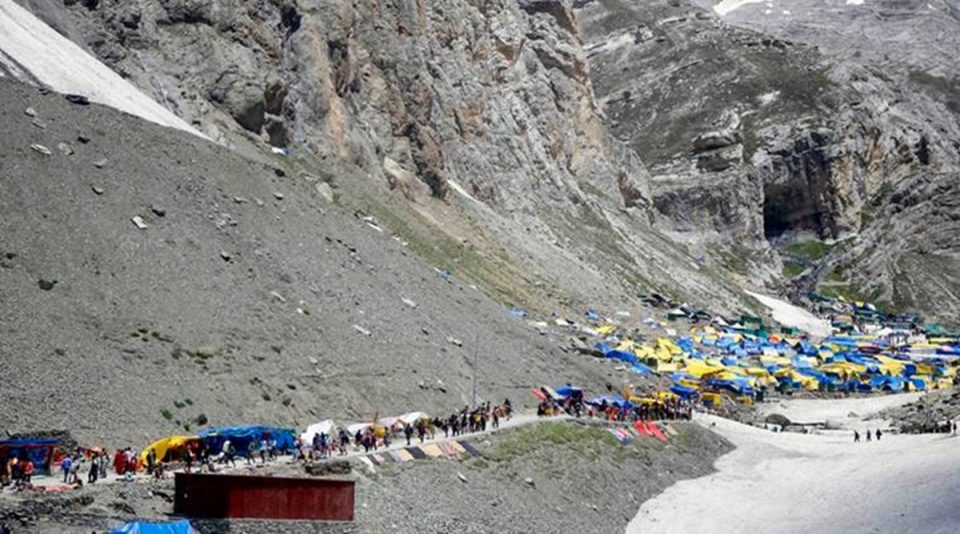
Amarnath flash floods tragedy not due to cloudburst: IMD

The India Meteorological Department (IMD) on Friday (July 8) said cloudburst was not the reason behind the flash floods near the Amarnath cave shrine in south Kashmir that claimed 16 lives.
The weather watchdog said that the tragedy happened due to a highly-localised rain event and not because of a cloudburst.
Also read: Over 6,000 pilgrims leave Jammu for Amarnath base camps
According to the IMD, to be called a cloudburst, there has to be heavy rainfall in a short period of time. A cloudburst usually involves a rainfall greater than 100 mm or more.
On the contrary, as per reports, the area received between 28-31 mm of rainfall between the hours 4:30 pm and 6:30 pm which is way less to be called a cloudburst.
J&K | CRPF personnel carries out rescue operation in cloudburst affected area at the lower #Amarnath Cave site
(Source: CRPF) pic.twitter.com/rAx2HUTW6h
— ANI (@ANI) July 9, 2022
Huge boulders and mud mounds came rushing down with a gush of water following heavy rainfall near the cave.
As per reports, tents of pilgrims and five ‘langars’ (community kitchens) were washed away in the floods.
The forecast on the IMD website flashed a warning on Friday that didn’t indicate extreme rainfall. It read: “Partly cloudy sky with possibility of very light rain for all along the route from both Pahalgam side and Baltal side.”
Also read: Place facts about Amarnath tragedy before country: Yashwant Sinha to govt
The IMD had issued a yellow alert for the day that didn’t indicate extreme weather conditions.
The IMD Director-General Mrutyunjay Mohapatra said that the flash floods could have been triggered due to heavy rainfall in the upper mountain regions near the cave.
Doppler radar
According to the Director of the Regional Meteorological Centre in Srinagar, Sonam Lotus, “It was a highly localised cloud-only over the holy cave. Such rain had happened earlier this year as well.”
Due to the current situation, authorities have suspended the Amarnath yatra from both Baltal and Pahalgam base camps. NDRF, CRPF, Indian Army, and police have begun rescue operations in the region. More than 40 people have been injured in the tragedy.
In an advisory, the Jammu and Kashmir government said, “In view of cloudburst incidents having been reported in certain districts and overflowing of rivers/streams, due to rains, all Sub-divisional magistrates and tehsildars in District Ramban have been ordered to remain on high alert.”
As per reports, the Doppler radar at Banihal in Kashmir is still not functioning. Doppler radar is an important tool that gives IMD a more accurate assessment of clouds and rainfall in the region.
The 43-day Amarnath Yatra commenced on June 30.


